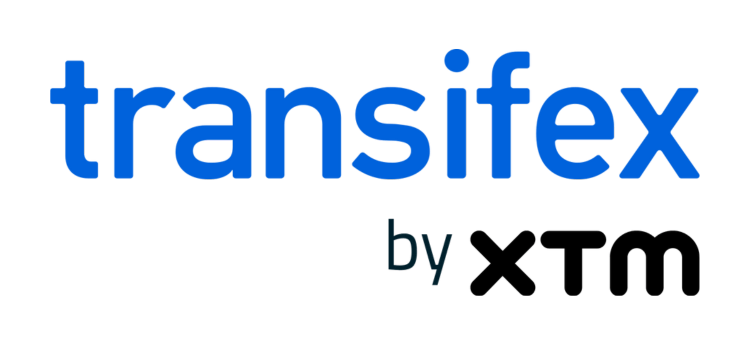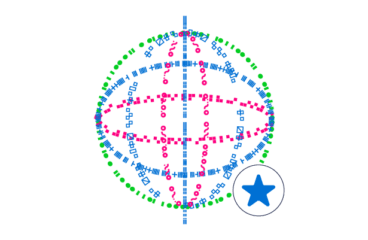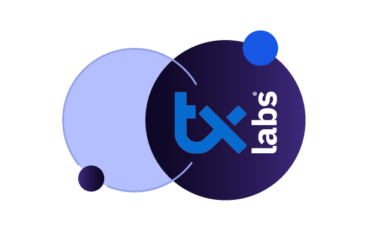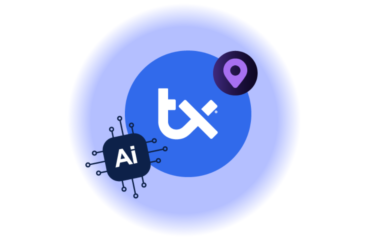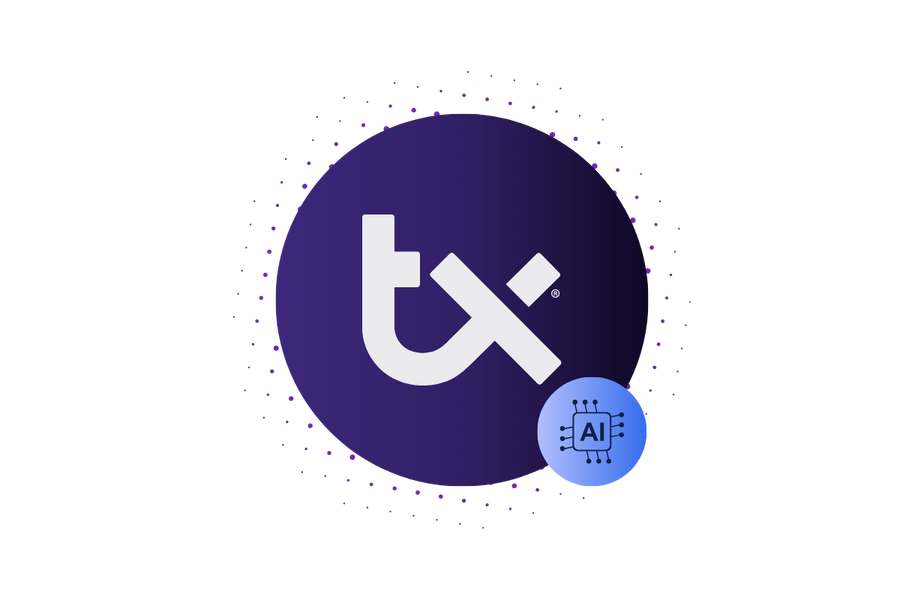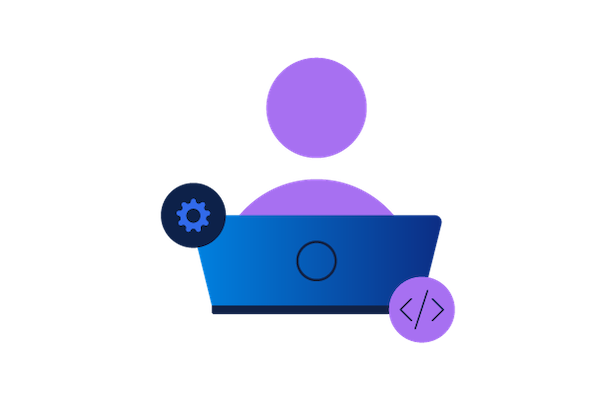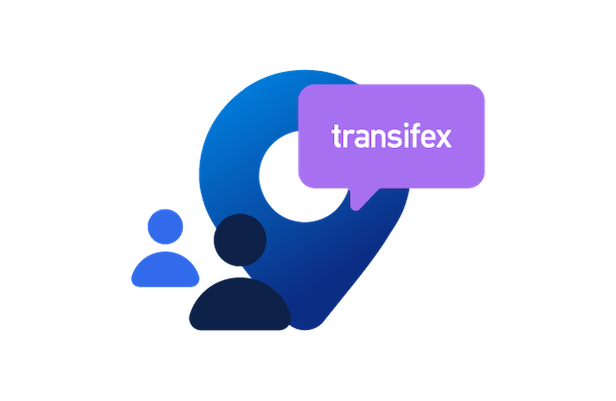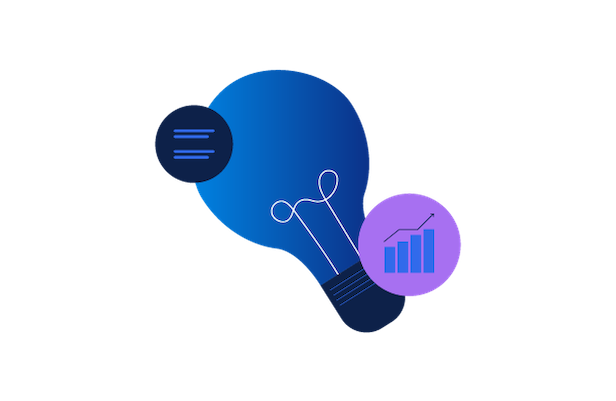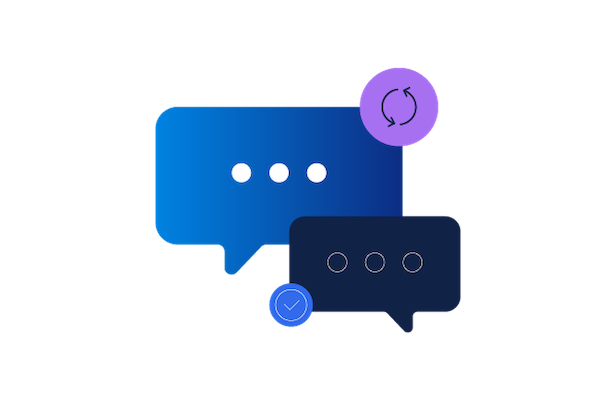Imagine launching a groundbreaking app that you’re certain will revolutionize the market—only to discover that users in different regions find it completely unrelatable. Nearly 40% of consumers won’t even consider purchasing a product if it’s not in their language. That’s not just a translation problem; it’s a missed opportunity of epic proportions.
Over the past decade, businesses have learned a critical lesson: global doesn’t mean uniform. Your product might be brilliant, but brilliance is local. It’s about speaking directly to people’s unique cultural contexts, linguistic nuances, and specific needs.
This is where product localization transforms from a nice-to-have to a must-have strategy for any business with global ambitions.
In this article, we’ll explore how the world’s most successful companies turn their products into local experiences that feel tailor-made for each market—creating connections that transcend borders and drive remarkable growth.
What is Product Localization?
Product localization is the process of tailoring a product or service to meet the specific cultural, linguistic, and regulatory needs of a target market. It includes adapting various elements such as user interfaces, documentation, and even product features to resonate with local customs and preferences.
The goal of product localization is to create an experience that feels native to the local audience, making the product appear as though it was designed specifically for them. This approach helps businesses effectively penetrate new markets by addressing the unique characteristics and expectations of diverse consumer bases.
Why is Product Localization Important?
Product localization bridges the gap between your brand’s global vision and the unique needs of local markets. So, your product can resonate with audiences no matter their location.
It also helps build emotional connections. Think about it: when a product speaks your language and reflects your culture, doesn’t it feel like it’s made just for you? This is what your audience will feel too.
One illustrative example is how Prezzi reached over 100 million global users by localizing to just nine languages. To put it into perspective, there are nearly 7,000 spoken languages and 300 writing systems worldwide. Yet, localizing to as little as nine languages can allow you to connect with millions of native speakers.
The company did all of it with minimal manual effort using Transifex’s translation management platform (TMS) and later replicated its remarkable success for its Infogram platform as well.
Benefits of Product Localization for Your Business
A well-defined product localization process helps you:
- Reach more audiences: There was a recent “Can’t Read, Won’t Buy – B2C” survey with over 8000 respondents in 29 countries. As per the report, 40% would not purchase a product or service if it is not offered in their language. You remove this language barrier when you localize your product.
- Reduce Time-to-Market: Integrating localization early in the product lifecycle allows you to simultaneously develop and adapt your product for different regions. This proactive approach reduces the time-to-market. In fact, with the right tools, you can further boost the localization process by 10x and reduce costs.
- Increase Revenue: When customers resonate with your product, they are more likely to purchase it. Users are also more likely to return when their needs are being met. Over time, this strengthens brand loyalty and encourages word-of-mouth recommendations.
- Strengthen Brand Reputation: Investing in localization shows customers that you respect their culture and care about their needs. As a result, they are more inclined to trust your brand over your competitors.
Key Components of Product Localization
Now that we’ve discussed why you should consider localization let’s quickly explore the main elements that you should consider to successfully implement it.
#1 Language Translation
Language plays a crucial role in shaping how your product is perceived. First and foremost, your target audience might not fully grasp English. Even if they do, a phrase that resonates well in one region could easily be misinterpreted in another. Therefore, it’s essential to translate thoughtfully in order to connect with your target audience effectively.
Additionally, keeping the context intact in your translations is vital for conveying the correct message. You might consider partnering with native speakers or utilizing localization tools to ensure your product is both culturally relevant and linguistically appropriate.
#2 User Experience (UX)
We just discussed how crucial language is for localization. However, a product encompasses more than just its wording. When introducing a new app or software to different markets, it’s essential to consider the entire user experience.
- Adjust design elements like colors, icons, and buttons to match local preferences
- Ensure the symbols, images, and formats (e.g., date, time, currency) are region-specific
- Consider the text length during translation so it doesn’t break the UI
As a plus, consider optimizing your product for lower internet speeds in emerging markets.
#3 Compliance and Legal Requirements
Finally, remember to align your product with local regulations and standards. Accessibility is another major aspect.
In the U.S., for example, the Americans with Disabilities Act (ADA) requires websites and apps to be accessible to people with disabilities. Meeting these standards ensures both legal compliance and inclusivity.
How Your Product Localization Workflow Should Look Like
The process starts with internationalization (i18n), where you design the product so that it can be easily localized later.
To provide you with a clear overview, here’s what the localization workflow entails:
- Research the target market
- Internationalize your product
- Build your localization team
- Implement the actual localization process
- Test the localized product
Let’s discuss each of these steps in detail.
#1 Research Your Target Market
The first step is to research your target market. Analyze local cultures, preferences, and trends. You can use surveys, marketing tools, and social media to gain insights into consumer behavior.
You must also study your competitors who are already present in your target region. Lastly, avoid assumptions that one translation fits all. Instead, dig as deep as you can in this step.
#2 Internationalize Your Product
As we just mentioned, internationalization (i18n) is preparing your product to support different locales easily. Consider:
- Implementing character encoding to properly render online text
- Including locale-specific components and data in your source library
- Replacing hardcoded text with placeholders that can be dynamically translated
- Ensuring flexible UI layouts that can handle translation variations
It’s also a good idea to set up separate files for different languages. This way, you won’t hardcode locales directly into your product.
#3 Prepare Your Team for Localization
Now that you have internationalized your product, it’s time to prepare your teams for the main step. Here’s how.
- Start by selecting a translation tool that aligns with your existing tools and workflow. You can also opt for an all-in-one TMS for end-to-end localization. For instance, Transifex offers AI-powered translation, workflow automation, and real-time collaboration to boost your team’s productivity. It also integrates with your development pipeline (e.g., GitHub, GitLab, etc.) for seamless updates and pull requests.
- Create a glossary containing brand-specific language for all future projects. Include definitions, usage examples, and context for each term. For example, if your product uses specific jargon (like “dashboard” or “checkout,”) define how these should be translated across different languages. Then, leverage TMS features to add and enforce these glossary terms during translation.
- Develop a clear style guide that outlines the tone, voice, and formatting for each locale.
- Set up a clear localization workflow that defines roles and responsibilities. Remember to choose the right communication channels and leverage automation to fast-forward the team output.
- You can use version control tools within your TMS to keep track of changes in the source language and translation updates.
#4 Localize The Product
So, you have internationalized your product and prepared your teams. Now, it’s time to start localizing. Here are the key steps to follow:
- Text extraction: First, extract the text elements from your product, including user interface (UI) strings, error messages, and system notifications. These need to be externalized into translation files, such as JSON formats.
- Translation: Your team has now started translating the texts in different languages. You can then push these translated files to your product. Alternatively, you can use professional tools to get over-the-air translations for your product.
- Contextualization: This means delivering the right experience to the right user on the right device at the right time. Everything related to your product must feel hyper-personalized for the target users.
- Testing: Once you have localized your product, conduct rigorous testing to ensure that translations work as expected.
- Iterative updates: So, it’s time to deploy the localized product. However, localization is not a one-time task. As your product evolves, new features or updates will require ongoing translation and adaptation.
Now, your product may have one or more elements, each with different localization needs, such as:
Software Localization
It aims to adapt your web or mobile app to the language and culture of local users in your target market. Here, you internationalize the components of your software product – the source code, texts, functional components, and UI. You then localize the software, test it, and deploy it.
Pro tip: Consider integrating localization early in the product design phase. So, you can avoid making changes later on that can be both costly and time-consuming.
Website Localization
A website is the first thing that comes up when a user searches for your brand online. However, as we mentioned earlier, less than 26% of global internet users understand English whereas 64% of websites are written in this language. This highlights a major gap. And opportunity.
Localizing your website means you can now reach 74% more audience. Just like your app, all components of your website must be localized for your target regions. Also, ensure your website is responsive to different screen sizes and device types commonly used in each target market.
Pro tip: You must optimize the website SEO for each region, so the translated content ranks well in local search engines. URLs, file paths, and meta descriptions should be region-specific as well.
Marketing Localization
Localizing your core product is not enough. Marketing materials, including ads, social media posts, and promotional content must also be culturally adapted.
Chances are — users will look at your marketing materials even before choosing to interact with your core product. And once you bring them to use your product, consistent marketing materials will keep them engaged.
Pro tip: Translate customer reviews and testimonials to build trust. Complement it with a strong call to action that resonates with each market.
Document Localization
Your product’s documentation – like user manuals, technical guides, terms and conditions, and contracts – must be localized. It helps users fully understand how to use your product. It also helps your internal teams to learn and build upon your existing product.
Pro tip: Ensure that legal terms are correctly translated to avoid misinterpretations and serious legal consequences.
#5 Test for Localized User Experience
Finally, it’s time to test the localized product. Focus on areas like:
- Translation accuracy
- Context
- UI layout
- Culturally appropriate imagery
- Functions specific to each region, such as payment methods, legal disclaimers, and local connectivity
Create simulations to mimic real-world scenarios and utilize automation for faster processes. To ensure high-quality translations at scale, you can leverage Transifex AI which comes with an inbuilt quality assurance index.
Here’s how it works:
- First, the advanced AI technology localizes your product as per your brand guidelines and target region.
- It then automatically measures the translation quality and scores it to provide you with accurate, actionable insights.
- You can now directly push the content to your product or easily edit any translations within the platform if necessary.
Want to check out a demo report or try it for your product? Click Here.
3 Ways to Integrate Localization into Product Development
Remember how we told you that you must start localizing early in the development process?
However, there are three ways to integrate product localization into the development process that you must know. Let’s quickly look at each of them.
- Waterfall Localization: In this approach, localization happens after the product is fully developed. It’s ideal if you have a simple project or one-time launch with rare updates.
- Agile Localization: Designed to address the slow output from the above approach, Agile implements localization parallelly with the development rather than at the end. This way, your localized product is ready by the end of each development sprint.
- Continuous Localization: A subset of the agile method, here you leverage automation for real-time localization. It ensures your product is localized dynamically as soon as users use it.
Top Brands That Nailed Product Localization for Global Markets
Now that we’ve discussed product localization let’s see it in action with some global examples.
#1 Hubspot
Founded in 2006 as a marketing software company, HubSpot has transformed into a leading global customer relationship management (CRM) platform over the years. At the core of its success is a hyper-localized product approach.
To address the growing demand for its services, HubSpot integrated Transifex as its central hub for managing software localization, catering to both internal teams and external partners. This tool also allowed them to create an automated CI/CD workflow that connected seamlessly with their code repositories. These remote tools significantly boosted the productivity of HubSpot’s distributed teams.
As a result, localization turnaround times were slashed from weeks to mere hours, enabling simultaneous global product launches. Today, HubSpot harnesses the benefits of product localization through Transifex to serve 86000 customers across 120 countries. The company has also enhanced team performance across its 10 global offices, leading to impressive growth and revenue.
#2 Nintendo
When in the 1990s, U.S. regulations required foreign games to adjust their content as per the American market, Nintendo America successfully complied.
They did it by localizing games after release and often changing elements to suit cultural norms. (Yes, they leveraged waterfall localization!) For example, Bowser’s celebratory arm gesture post-battle was adjusted for U.S. audiences in Super Mario RPG. This step was crucial in their success in the U.S. market, both legally and among users.
While initially, they localized their game post-release, today, Nintendo integrates localization directly into the development process. By involving specialists early on, the company prevents costly changes post-production and keeps up with the demands.
#3 Spotify
The global music streaming leader uses product localization to make its platform feel personal to users in over 180 countries. From translating texts to localizing playlists – Spotify ensures that its users feel seen.
For example, different Spotify playlists such as Bollywood Butter in India, Sertanejo in Brazil, and Malay Pop in Malaysia reflect regional music trends. Even the same Happy Hits playlist differs between Taiwan and the United States to match local vibes.
To fine-tune these localizations, the company collaborates with local experts, tools, and agencies. As a result, Spotify has emerged as a global favorite for music lovers.
Take Charge of Your Product Localization Journey Today
One thing that’s common in all three examples above is product localization. It is a leading factor that differentiates a global brand from a generic one. And when done right, it removes language barriers and cultural gaps, so no customers are left behind.
However, if you have never localized your product before or are expanding further, the process can seem overwhelming. To simplify it, you can always leverage a specialized localization software like Transifex.
Whether you’re looking to tailor a marketing campaign for new audiences, translate your website, or need end-to-end localization services for your software, e-commerce, game, or more – Transifex is here support your global growth.
Want to learn how we can help you take your product global? Request a 15-minute demo.
FAQs
What are product localization strategies?
Product localization strategies involve adapting a product to meet the specific needs, preferences, and cultural nuances of a target market. This includes translating the product’s content, adjusting design elements, modifying features, and optimizing marketing communication among others. Strategies often include market research, selecting appropriate localization tools, collaborating with local experts, and continuously testing and improving the localized product.
What is an example of a localized product?
An example of a localized product is a global e-commerce platform like Amazon which tailos its platform for different countries. For instance, in Japan, Amazon offers Japanese product descriptions, local payment options, and regional delivery services. Similarly, brands like KFC and McDonald’s adapt their menus in different countries to offer region-specific items.
